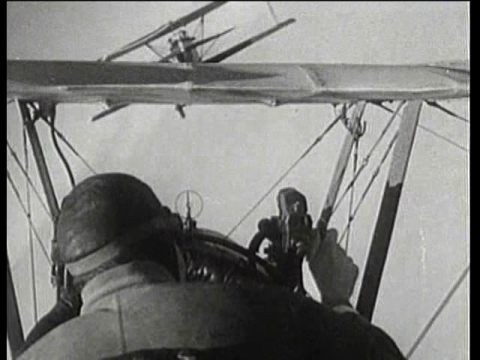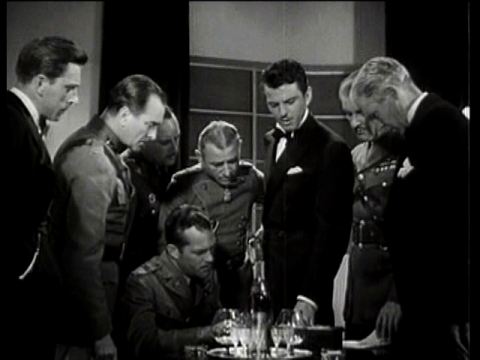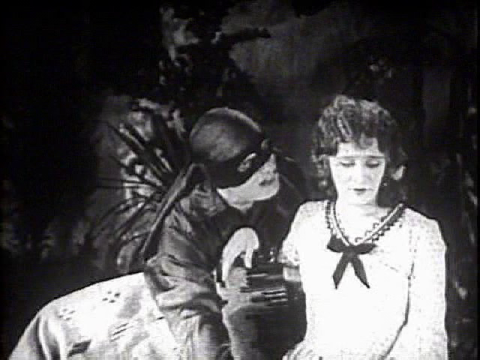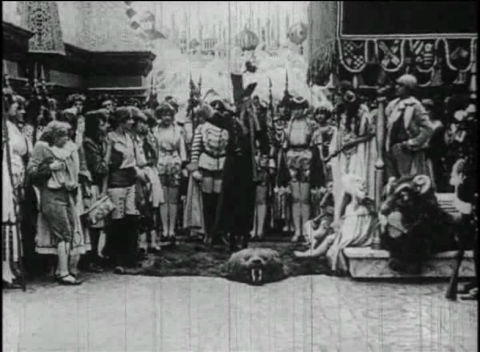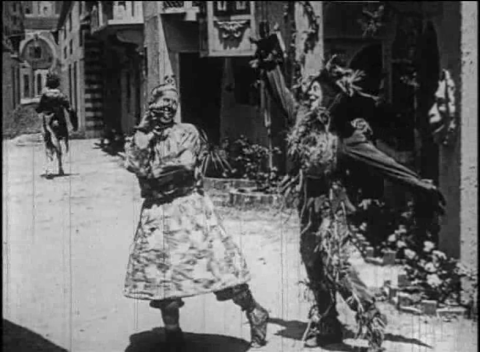Pilot X (originally titled Death in the Air) is in many ways a unique and interesting movie. Unfortunately, it is also rather bad. But keep reading and I will tell you why it is worth watching anyway.
The story in Pilot X involves aircraft being shot down by an unknown pilot. So instead of asking around at nearby airports, trying to find a pattern matching the shootings, the investigators decide to invite a number of potential suspects to a few days at a mansion. (Checking for alibis? Nah, why bother?) Of course, there is also a girl present. Otherwise, who would be the hero’s romantic interest? Eh? Anyway, things do not go exactly as planned, and instead the guests start to be shot out of the sky, one by one.
The mansion setting technically puts this film as a part of the mansion mystery subgenre. A few months ago, I wrote a bit about that genre’s origins in my post about The Bat (1960). It is a genre with a good deal of potential. The closed space and limited number of characters result in a heightened sense of suspense, increased by the knowledge that someone has committed a terrible crime and may do so again.
As mansion mysteries go, however, Pilot X is not very spectacular. In fact, the plot is quite silly (though the ending is nice) and the actors are far from stellar. But the presence of aircraft provide a nice twist. Normally, the killer would be someone with a knife, a gun or a bottle of poison (or all three, as in And Then There Were None (1945)), not as in this case a World War I biplane with machine guns. That, as far as I know, makes the film absolutely unique. I cannot think of another one quite like it.
Director Elmer Clifton was a B film director with small budgets and less talent. (His best effort, Captain America (1944), was co-directed with experienced serial director John English.) Pilot X is fairly typical of Clifton’s efforts, unfortunately. Had it been handled with just a touch more class and professionalism, it might have been a very neat movie.
This film is best enjoyed if you are attracted by the bi-plane dogfights and the original mix of aviation and mansion mystery. The flight sequences are not bad for a B movie, and occasionally showcase some really neat action.
Pilot X
Download link
Year: 1936
Running time: 1 h 7 min
Director: Elmer Clifton
Stars: Lona Andre, John Carroll
Image quality: Good
Resolution: Medium (640×480)
Sound quality: Acceptable
Best file format: MPEG2 (2.2 G)
